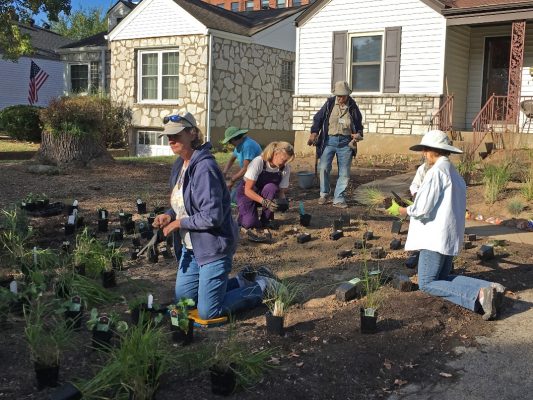 Fall is a great time for planting natives!
Fall is a great time for planting natives!
- It gives your plants more time to develop strong root systems before the intense heat of the following summer.
- The cooler nights and potential increased rainfall of autumn are less stressful for your plants and more beneficial for new root growth.
- Working in the garden during the cooler months of autumn is, hands down, far more enjoyable than in the heat of late spring or summer!
The best time to plant in the fall season is typically September 1 through the end of October
When plants are planted too late in the fall, they may not have enough time to form root systems to hold them in the ground and may be subject to frost heave (see link below)
One point uncovered while writing these tips from Natural Communities is
While Whorled Milkweed and Swamp Milkweed are great to plant in the Fall, some milkweeds are not. Some milkweeds do not do well over winter if they’re not large enough to survive and are best planted in the Spring. The following plants are not good for planting in the late Fall: butterfly milkweed, short green milkweed, poke milkweed, prairie milkweed, common milkweed, purple milkweed, and green antelopehorn milkweed. Most other common native plants thrive with fall planting in the Midwest and upper Midwest.
Reference articles:
extension.illinois.edu/news-releases/plant-native-perennials-fall-healthy-spring-growth
naturalcommunities.net/blogs/news/planting-native-plants-in-the-fall
edgeofthewoodsnursery.com/yes-fall-is-for-planting

